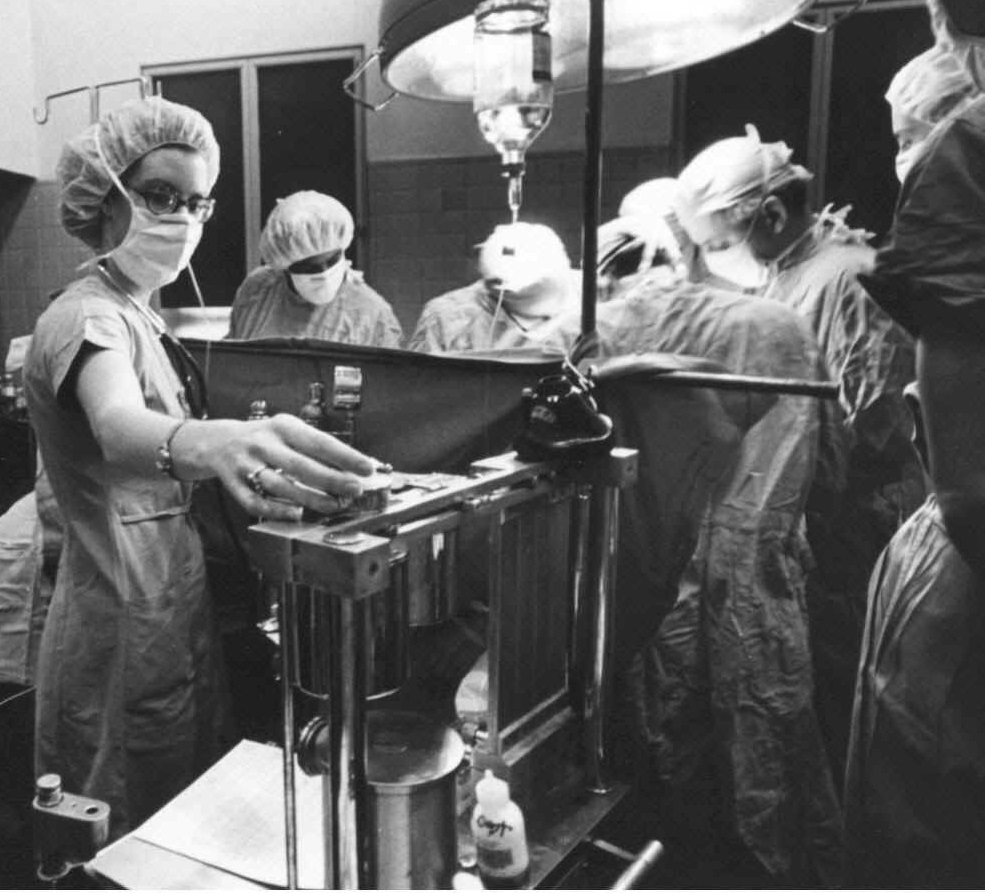|
|
History of site, Author's Disclosure statement, Acknowledgments, How to contact author, Other resources for learning. |
|
|
- Introduction
- Numbers to remember
- General features of all anesthesia gas machines
- Features required by standard
- Path of gases within the machine
- Five tasks of oxygen
- Supply, Processing, Delivery, Disposal model
- Manufacturers
|
|
|
- Gas sources
- Pipeline
- Cylinders
- Standards; Capacity, color, markings; Components; Storage handling and installation; Medical gases; Use
- Electrical power supply
- Failures and faults (What happens when pipeline oxygen pressure or electrical power is lost?)
|
|
|
- Fail-safe system
- Flowmeters
- How they work
- Glass flowmeters
- Hybrids with needle valve controls, electronic capture and display)
- Gas mixers- electronic flow control, capture, and display
- EtC (end-tidal control)
- Classify by use (flowmeters for FGF, auxiliary oxygen, scavenging, and common gas outlet)
- Using flowmeters safely
- Proportioning systems (Hypoxic guard)
|
|
|
- Physical principles
- Classification
- Vaporizer interlock
- Operating principles of variable bypass vaporizers
- How to fill vaporizers
- How much liquid agent does a vaporizer use per hour?
- Hazards and safety features of contemporary vaporizers
- Current models
|
|
|
- Classification
- Breathing circuits- Non rebreathing (Mapleson and Bain)
- How do they work?
- Fresh gas flow requirements
- Pethick Test for the Bain Circuit
- Circle System
- Advantages and disadvantages
|
|
|
- General characteristics and composition
- Chemistry- soda lime
- Safe use
- Changing canisters
- Clinical signs of exhaustion
|
|
|
- Classification
- New ventilator modes (PCV, PC-VG [Autoflow], SIMV, PSV)
- Typical ventilator alarms
- New features
- Piston ventilators
- Flexibility (New modes)
- Accuracy at lower tidal volumes (VCV)
- Compliance and leak testing
- Fresh gas decoupling versus compensation
- Suitability for low flows
- Current models
- Dräger Apollo, Perseus, Fabius GS
- GE ADU, Aisys, Avance, Aespire, Aestiva
- Other; Paragon, Anestar, Mindray
- Older or obsolete ventilators
|
|
|
- Humidification
- Choosing the best fresh gas flow
- How to denitrogenate ("preoxygenate")
- Malignant hyperthermia implications for equipment.
- Ventilator and Breathing circuit problems and hazards
- Increased inspired carbon dioxide (troubleshooting and treatment)
|
|
|
- Scavenging Systems
- Purpose, Interface (closed or open), Practice guidelines, Components, Hazards
- Avoiding occupational exposure to waste anesthetic gas
|
|
|
- Anesthesia gas machine checklist
- Pre-Anesthesia Checklist
- Additions to the end of electronic checklists
- AWS Quick Check for emergencies (and every day)
- Checklist for older anesthesia gas machines
- Negative pressure leak check
Medicolegal
- Risk management, Quality assurance, Monitoring standards, Manufacturing standards
Cleaning and sterilization
- Sterilization-Moist heat, liquid and gas sterilization methods
- Care of specific equipment
|
|
|
- Dräger Medical Inc. (Telford, PA)- Perseus, Fabius GS, Apollo
- GE (Madison WI)- Aisys, Avance, Aespire, Aestiva, Aestiva MRI
- Other - Paragon, Anestar
- Older or obsolete- Narkomed (6000/6400, GS, Julian, MRI, Mobile, 2C, 4), Kion, Ohmeda (Modulus SE, Excel 210/110)
|
|
|
- Education and training
- Advanced ventilation, Computer and monitor integration, Low flows, Laryngeal mask airway and mechanical ventilation, Electronic Checkout
- Operating costs
- Installation of new machines
|
|
|
- Question and answer format.
|
